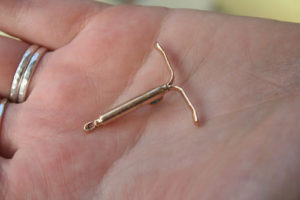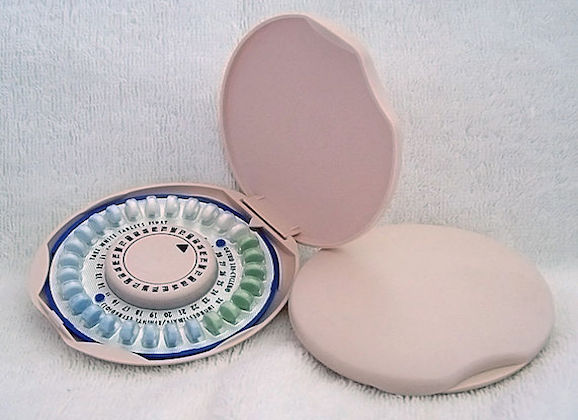 Women are running to their OB/GYN’s office to get 10-year-long IUDs after Trump won the presidency.
Women are running to their OB/GYN’s office to get 10-year-long IUDs after Trump won the presidency.
The fear steams from Trump’s vow to repeal the Affordable Care Act, which makes contraceptives free of any co-pay. Other changes could make contraceptives more difficult to get ahold of.
With the fear that birth control prices will skyrocket, many women are making appointments with their doctor to have an intrauterine device implanted that can last for ten or more years.
The device is effective at preventing pregnancy and is currently covered under the Affordable Care Act, which can cost anywhere from $500 to $900 for those who are uninsured, according to Planned Parenthood.
Should the Affordable Care Act be repealed, the device will no longer be free of charge.
Because women are afraid of what’s to come with health care and contraceptives, a long-term solution, at least one that can outlast Trump’s presidency, has been found in the IUD method.
But not all looking for a long-term solution are candidates for IUD insertion. IUDs only release the hormone progesterone, which helps regulate a woman’s menstrual cycle.
For women who want a lighter period or are struggling with ovarian cysts, this method of birth control is ineffective as the IUD does not release estrogen. The combination of progesterone and estrogen is what helps stop ovulation.
A massive increase in Google searches for ‘IUDs’ and birth control was recorded, with the highest peak showing on November 9, according to NPR.
But an overnight change is most likely not going to happen. Changes like these, especially changes to plans  that involve something as controversial as abortion and other methods, will most likely not be decided overnight.
that involve something as controversial as abortion and other methods, will most likely not be decided overnight.
However, should changes bring higher co-pays to preventable methods such as birth control, researching a method to turn to in a worst case scenario may not be a bad idea.
As always, consult with your doctor to find the right plan for you.

















